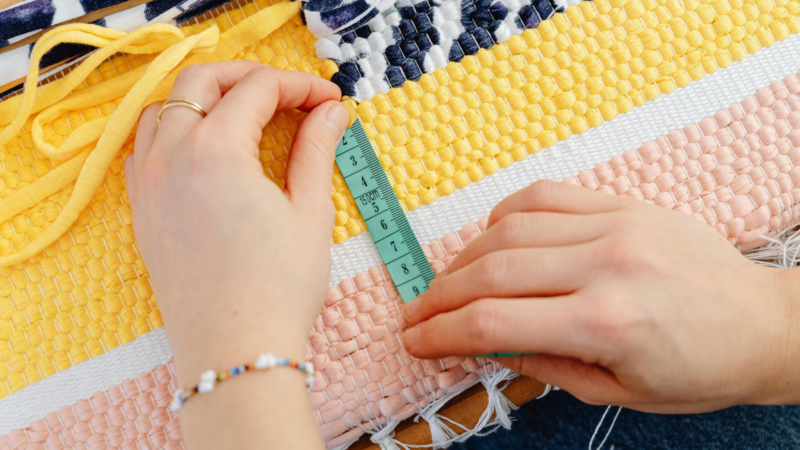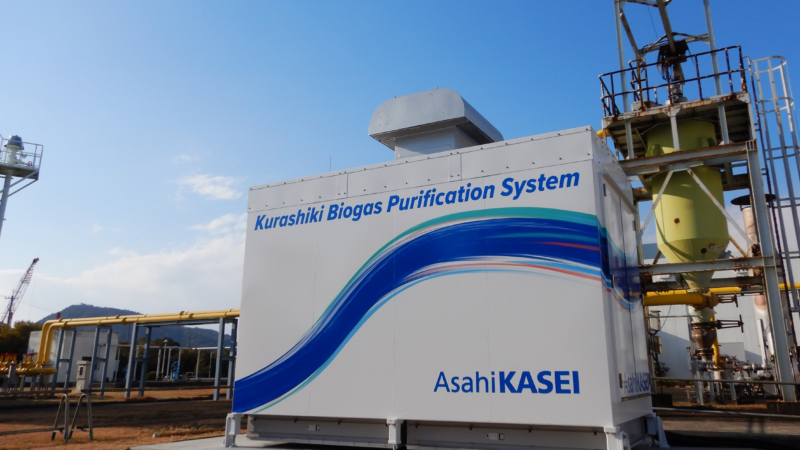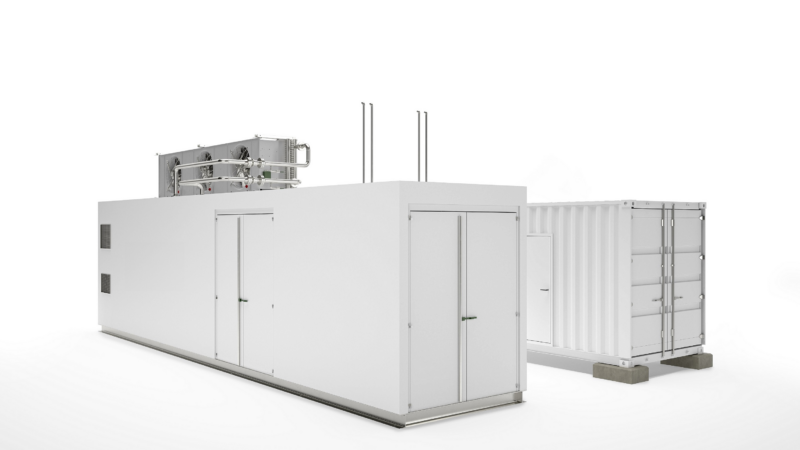Reclamation of recyclable materials from e-scrap, shredder residues and slag
At IFAT 2016, BHS-Sonthofen unveiled the new rotor impact mill of type RPMX for separating composite parts and shaping metals from recycling products such e-scrap, shredder residues (ASR) and slag into balls. The new RPMX is a further development of the established rotor impact mill of type RPMV and generates finer fractions from which recyclable materials can be reclaimed more effectively. It enables the efficient reclamation of materials such as stainless steel and cable strands, which were previously considered problematic.
The rotor impact mill of type RPMV is an established recycling machine used for separating composites, crushing brittle components and shaping ductile components into balls in a wide variety of applications. The new rotor impact mill of type RPMX from BHS-Sonthofen is a valuable addition to the existing range of systems for recycling residual materials.
The gap between the grinding tools and the anvil ring on the new machines is much smaller: The gap width is only 5 mm. In combination with higher circumferential speeds, they generate finer fractions and intensify the ball-shaping effect, whereby a much higher proportion of materials is reclaimed than before.
One application example is the disaggregation and shaping of wires and strands into balls. Previously, conventional sorting systems were not able to separate these wires and strands because long thin parts evaded the separation process in air separator tables or non-ferrous separators. The RPMX compacts and shapes individual parts into balls so that they can then be separated cleanly. The machine is also suitable for handling pure cable fractions.
The „Zurik“ fraction of mixed shredder residues containing between 30 and 85% metal (predominantly stainless steel but also copper and aluminum) can now be efficiently separated into individual components after being processed in the RSMX.
The technology in detail
The input material is fed into the machine from above by means of the central input tube. When it hits the cover plate of the rotor, it is accelerated outwards by the centrifugal forces and falls into the grinding gap between the horseshoe-shaped impact hammers and the anvil ring. Here, it is struck by the impellers and thrown against the outer wall. The material passes from top to bottom all the way through the gap between the impact hammers and the stationary ribs on the anvil ring. During this process, it is highly stressed by impact, shock and shearing forces that cause the composite parts to separate. The brittle components are crushed while multiple stresses shape the ductile components into balls. The material leaves the rotor through the gap between the rotor and the anvil ring and falls downwards through the two discharge chutes.
The new rotor impact mill from BHS-Sonthofen is available in two versions: the RPMX 1116 with a diameter of 1.10 m, eight impact hammers and a maximum drive power of 200 kW, and the larger RPMX 1516 with a diameter of 1.50 m, twelve impact hammers and a maximum drive power of 315 kW.
Pre-shredding
Object fractions between 300 and 500 mm in size are pre-shredded by an BHS Rotorshredder of type RS, which generates fractions smaller than 30 mm suitable for the rotor impact mill. Before the material can be further processed in the RPMX, an air sifter removes any potentially harmful components.
Background: BHS rotor impact mills
Also known as „ball shapers“ in the industry, the BHS rotor impact mills from the RPMV series are high-performance crushers with a vertical shaft for applications in the recycling industry. The ring-shaped rotor is fitted with horseshoe-shaped hammers. In combination with the toothed anvil ring, this unique impeller rotor is able to selectively crush composite parts.
Materials that have different physical properties are separated from one another in the machine and entangled materials are singled out. At the same time, the machine shapes the ductile metals into balls and cleans them. In the subsequent process steps, they are much easier to separate than elongated metal parts, which can become entangled and matted.
About BHS-Sonthofen
BHS-Sonthofen is an owner-operated group of companies in the machinery and plant engineering field, based in Sonthofen, Germany. The company offers technical solutions for mechanical process engineering, concentrating primarily on mixing, crushing, recycling and filtration. With more than 350 employees and several subsidiaries, BHS-Sonthofen has a global presence.
The Recycling Technology division offers a wide range of machines and systems for the recycling industry. The product spectrum covers the processing of brittle-hard waste materials such as electronic waste, slag, shredder residual fractions etc., as well as resilient materials such as tires, cables, and refuse-derived fuels.
For more information, see www.bhs-sonthofen.de.
Firmenkontakt
BHS-Sonthofen GmbH
Roland Schmid
An der Eisenschmelze 47
D-87527 Sonthofen, Germany
+49 8321 6099-231
press@bhs-sonthofen.de
http://www.bhs-sonthofen.de
Pressekontakt
VIP Kommunikation
Regina Reinhardt
Dennewartstr. 25-27
52068 Aachen / Germany
+49.241.89468-24
reinhardt@vip-kommunikation.de
www.vip-kommunikation.de





